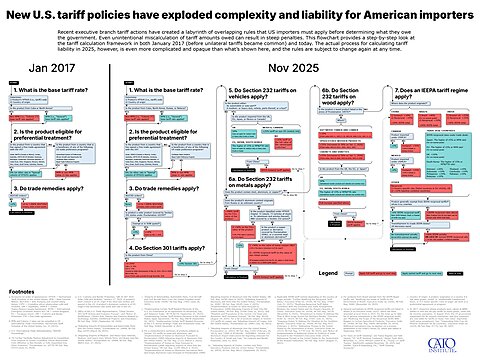Clark Packard Last week, Disney+ released a restored version of The Beatles Anthology, the landmark 1995 ABC eight-part documentary series that remains the closest thing to a definitive account of the band’s extraordinary journey. I binge-watched the updated Anthology over the Thanksgiving holiday weekend, which brought back memories of watching the original with my parents 30 years ago. Now I’m the ...
David Inserra As of December 10, Australia will implement sweeping restrictions on access to social media for individuals under 16. Hailed as the first of its kind, Australia’s Parliament passed a law in 2024 banning individuals under 16 from having accounts on major social media platforms and requiring these platforms to verify the age of everyone logging in. The law’s initial list ...
Michael Chapman False Dawn: The New Deal and the Promise of Recovery, 1933–1947, by former Cato Senior Fellow George Selgin, was ranked among the “10 Best Books of 2025” by The Wall Street Journal this week. Selgin, also the director emeritus of the Center for Monetary and Financial Alternatives at the Cato Institute and professor emeritus of economics at the University of Georgia, ...
Colleen Hroncich When Katie Kilgore took a job at a microschool that prioritizes self-directed learning, she had no idea where it would lead her. Her career had taken her through real estate, owning a women’s clothing store, paralegal work, and, eventually, seven years in private school administration. But the microschool opened her eyes to what education could look like. When ...
Jeffrey Miron Over the past several months, the Trump administration has ramped up the War on Drugs by attacking boats from Venezuela that were allegedly bringing fentanyl to the United States. Much commentary has questioned the legality, humanity, and effectiveness of these measures and also expressed bewilderment at the relation between these actions and President Trump’s pardon of Juan Orlando Hernandez, the former president of ...
Nicholas Anthony Closing out the year on a high note, Congress released a new report on the debanking of cryptocurrency companies and ways to prevent governmental debanking from taking place in the future. The report, “Operation Choke Point 2.0: Biden’s Debanking of Digital Assets,” presents a thorough timeline detailing how the Biden administration pushed banks to cut ties with businesses ...
Krit Chanwong The federal government uses the Federal Highway Trust Fund to administer funding to highways and mass transit. Unfortunately, the Congressional Budget Office projects that the trust fund will go insolvent in 2028. When this happens, all federal highway spending will face a 46 percent cut. One way to prevent the Federal Highway Trust Fund from going bankrupt is ...
Scott Lincicome This year, a large amount of virtual ink has been devoted to US tariff policy—and for good reason. Yet, most of this discussion has focused on the big picture—average tariff rates, big deals, and major actions or exemptions—while ignoring an issue that’s just as important, if not more so: the new tariffs’ unprecedented and, for many American businesses, ...
David J. Bier New US Census Bureau statistics show that, despite a significant increase in immigration during President Biden’s term in office, the immigrant share of the US population grew more slowly over the past decade than during any decade since the 1970s. By 2024, the immigrant population total—about 50 million—had only just returned to the trend seen before the ...
Clark Neily Eighty-three people are dead. So far this fall, US military forces have struck 22 suspected drug-trafficking vessels in the Caribbean, killing dozens in what the Trump administration claims is a lawful counter-narcotics operation. The most controversial incident involved a September 2 “double-tap” strike: After missiles destroyed a boat and killed most of its crew, US forces fired again ...












